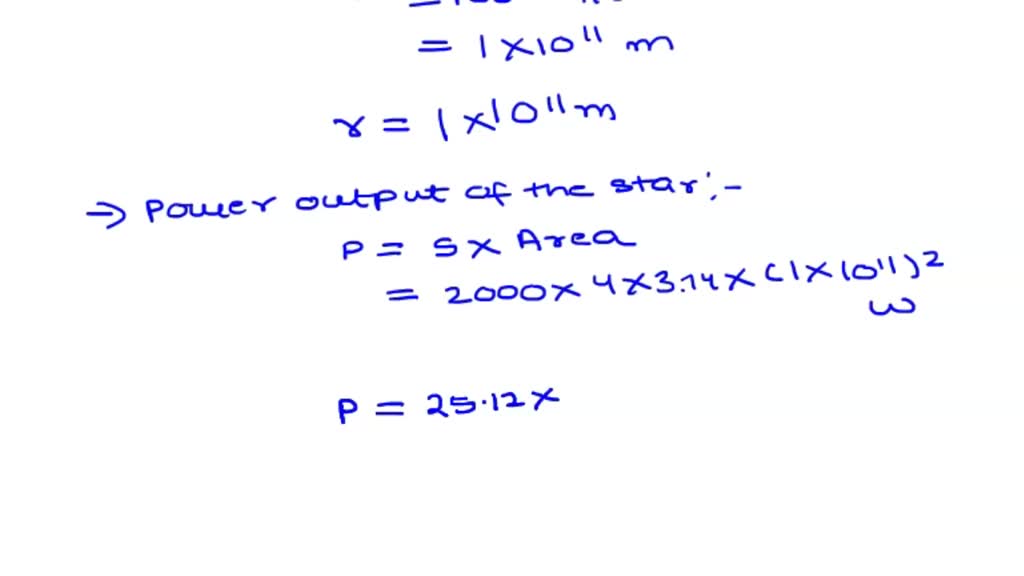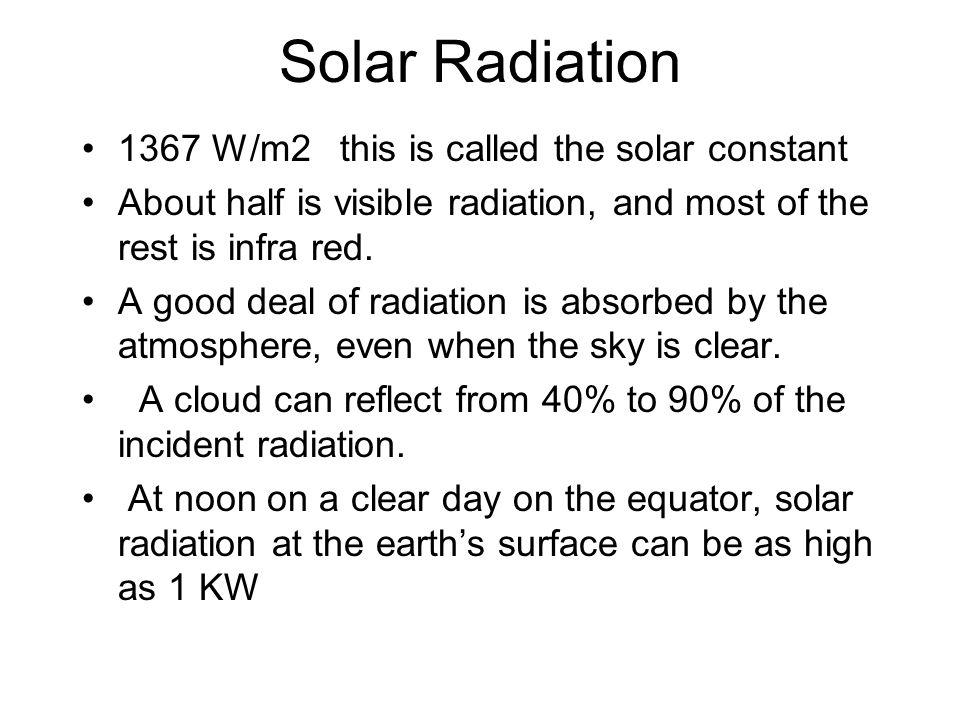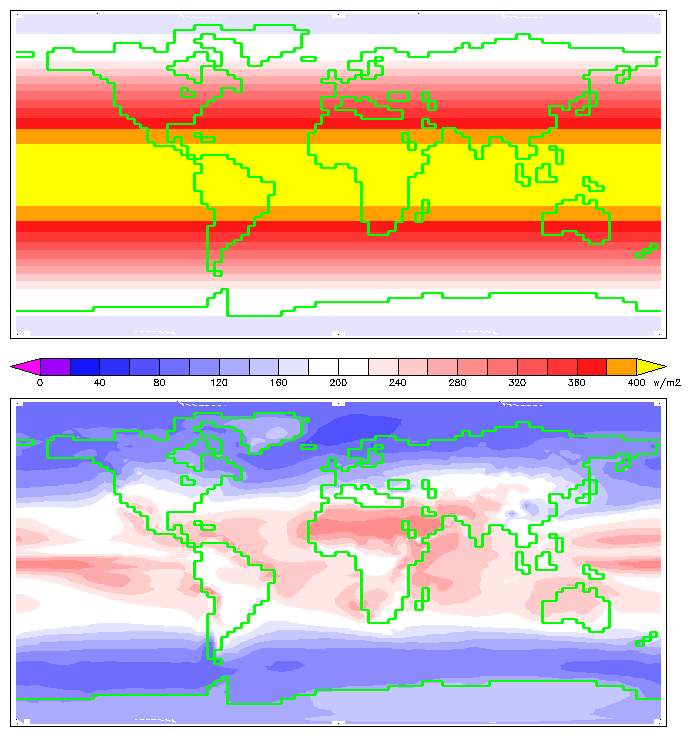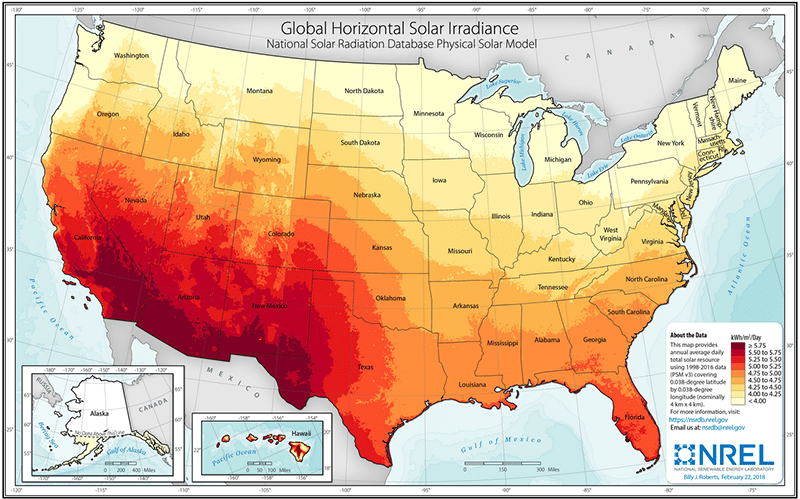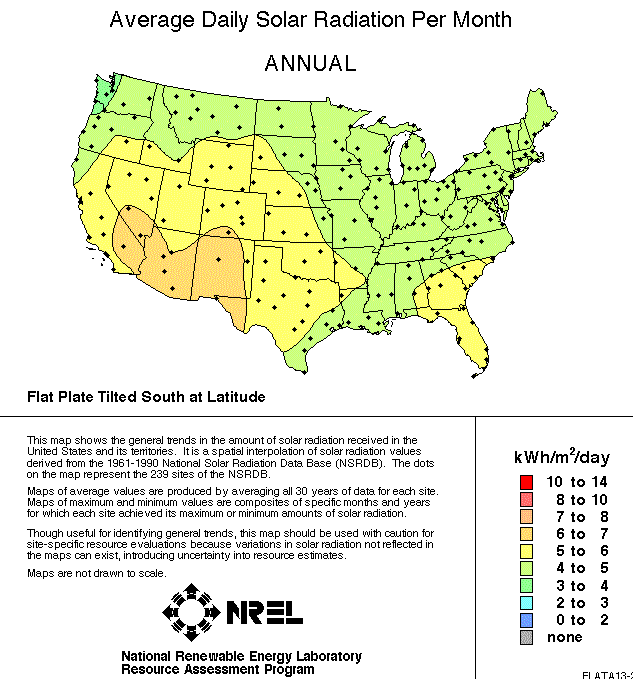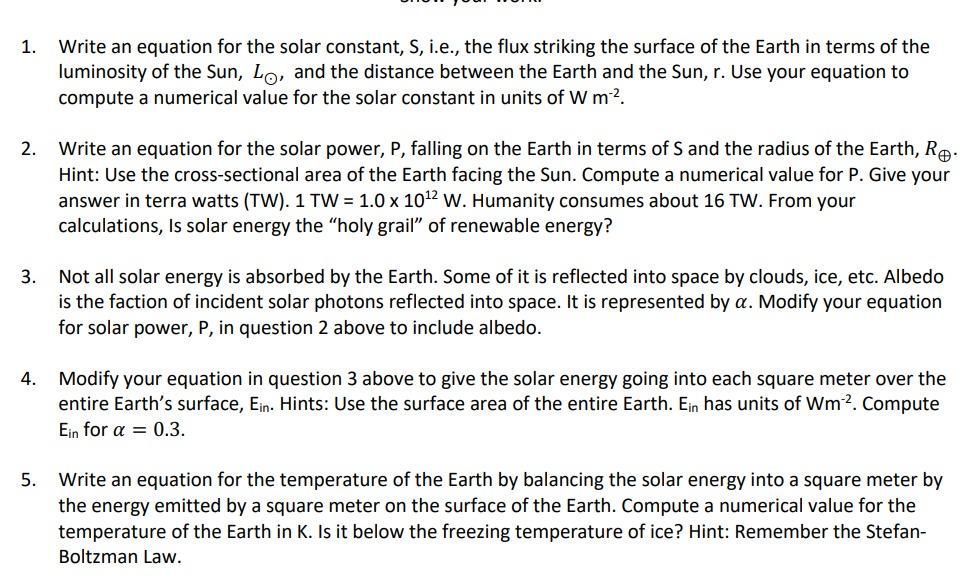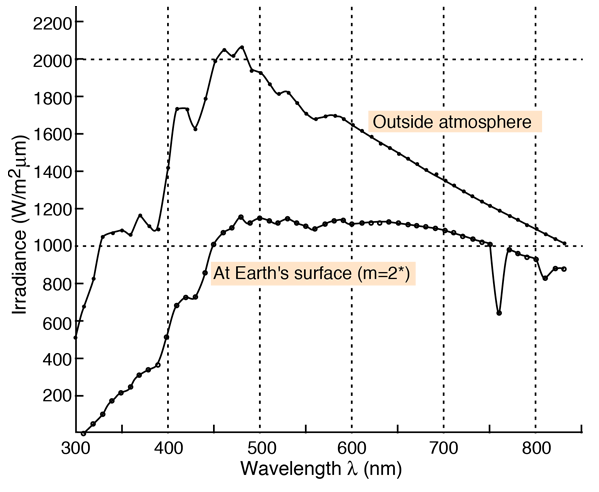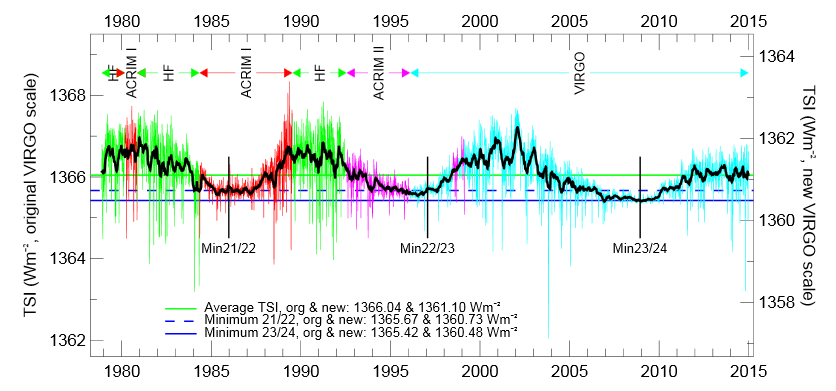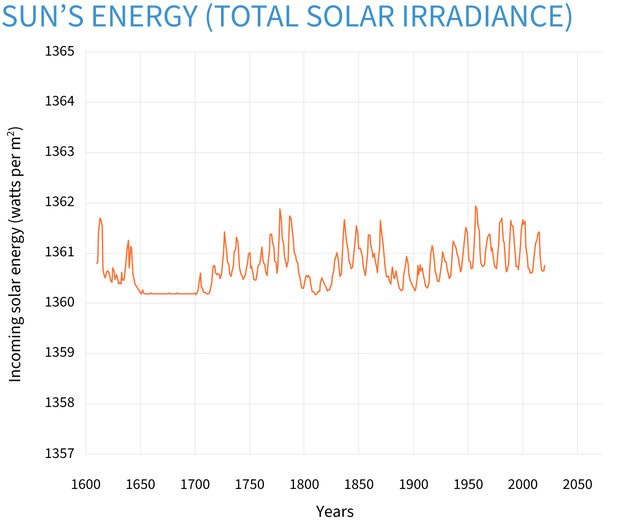What does it mean when solar energy reaches the earth at the rate of about 1.4kw per square meter? - Quora

The surface of the earth receives solar radiation at the rate of 1400 W m^-2 . The distance of the centre of the sun from the surface of the earth is 1.5 ×

OpenStax College Physics Solution, Chapter 7, Problem 43 (Problems & Exercises) | OpenStax College Physics Answers

Solar constant is the amount of solar energy incident perpendicularly per unit time on unit surface area of the earth at an average distance between the Sun and the earth. Its value

OpenStax College Physics Solution, Chapter 14, Problem 62 (Problems & Exercises) | OpenStax College Physics Answers
How much energy from the Sun reaches the ground per square meter per minute (solar constant)? - Quora
